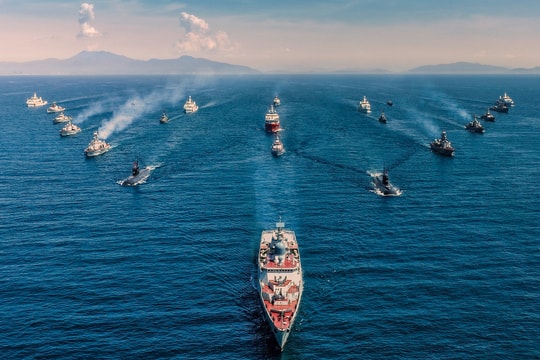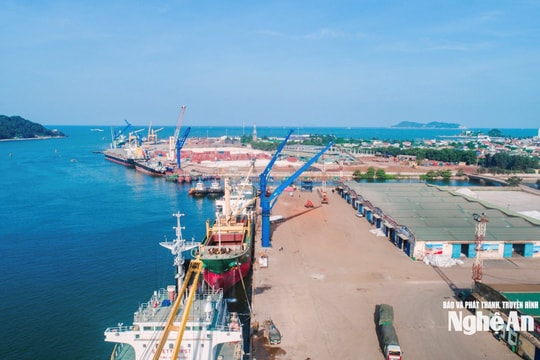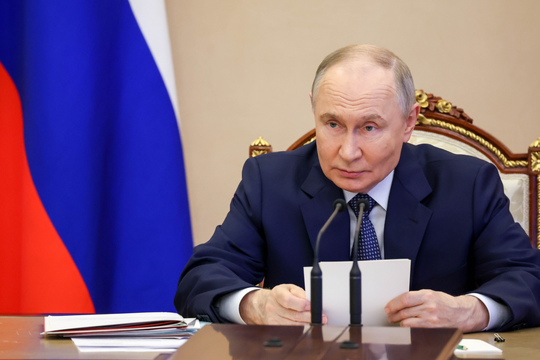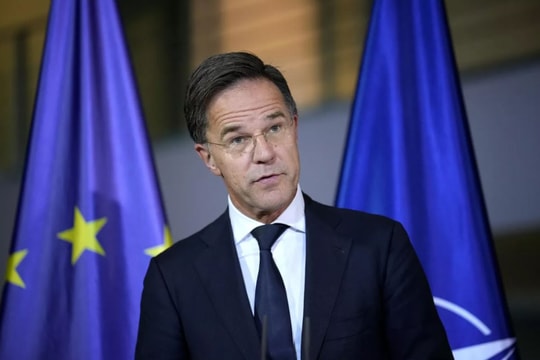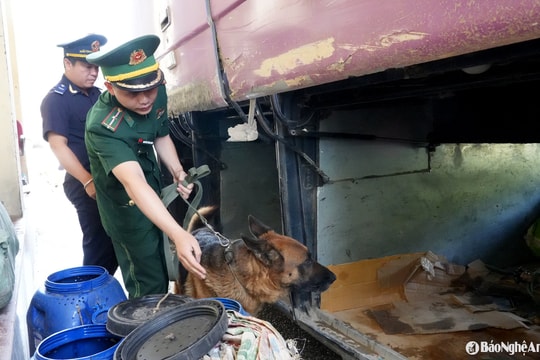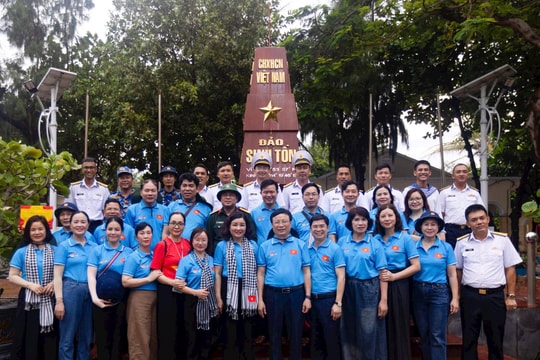Million-dollar landing of British fighter jet on Spanish cargo ship
A British Navy Sea Harrier fighter jet flew off course and was forced to land on a cargo ship, forcing Britain to pay a large sum of compensation.
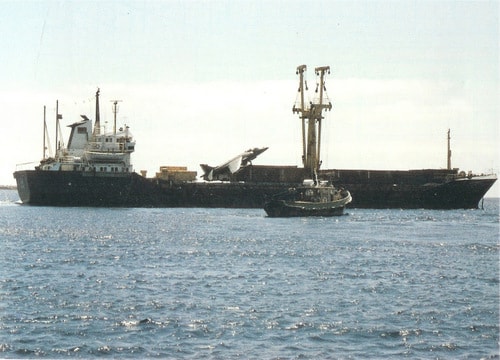 |
A Sea Harrier lands on the Alraigo. Photo: Milaviate. |
During a NATO naval exercise on May 6, 1983, Lieutenant Ian "Soapy" Watson had to make an emergency landing on the Spanish cargo ship Alraigo off the coast of Portugal. The incident attracted a lot of media attention and cost the British Navy more than $1.1 million in compensation, according to Air & Space magazine.
Lieutenant Watson piloted theSea Harrier fighter with serial number ZA-176The Sea Harriers took off from the aircraft carrier HMS Illustrious to participate in the exercise. Flying in the same formation as Watson was an experienced command pilot of the Fleet Air Arm (FAA). The mission of the Sea Harrier formation in the exercise was to search for the French aircraft carrier.
To simulate combat, the two pilots flew at low altitude, without using radio communication, and the aircraft's reconnaissance radar system was also turned off. They flew to the designated area, then split up to independently search for the French warship. After a while, the commanding pilot lost track of Watson's fighter.
The commanding pilot determined that Watson’s navigation system had become faulty. This was a common problem at sea, but Watson, who had only flown three times aboard HMS Illustrious, had no experience in troubleshooting it. The Sea Harrier’s waypoint was also faulty, preventing Watson from reaching the rendezvous point to return to the aircraft carrier.
The command pilot attempted to search for and wait for Watson, but low fuel forced him to return to the mothership.
As for Watson, because he could not find the rendezvous point using the navigation system, this pilot had to rely on the inertial navigation system to find his way back to HMS Illustrious. Watson affirmed that he used all the equipment on the plane, including the radio, turned on the radar, and sent out an emergency signal, but did not receive any response signal from the British aircraft carrier.
Knowing the shipping lanes off Portugal, Watson turned east. When the radar picked up a target, he headed in that direction for help. At 50 miles, the Sea Harrier was low on fuel, with only enough fuel to last a few minutes. Seeing the cargo ship Alraigo at 12 miles, Watson decided to fly closer to the crew, then eject.
With no way to communicate with Alraigo, Watson flew low alongside the ship to attract attention. During this process, the pilot noticed that the containers on the Alraigo formed a flight deck large enough for a Sea Harrier, similar to what Watson had learned.
The Sea Harrier is a fighter aircraft capable of vertical take-off and landing (SVTOL). The SVTOL capability allows the Sea Harrier to land on small landing pads, even the size of an aircraft, instead of runways thousands of meters long like conventional fighters.
A Sea Harrier fighter lands vertically on an aircraft carrier
Watson’s Sea Harrier landed gently on the roof of the shipping containers, but the plane slid backward on the slippery surface despite Watson’s efforts to retract its landing gear. The plane pitched its nose up, its tail hitting a truck below before coming to a stop.
The captain of the Alraigo refused to abandon his voyage and hand over the Sea Harrier and its pilot to the British Navy. They sent a notice to the British government, stating that Watson and the aircraft would be brought to the port of Tenerife, Spain, in four days.
When Alraigo docked at Santa Cruz de Tenerife, British representatives and a large group of reporters were waiting. The shipping company and its crew were demanding $1.14 million in compensation from the British government for the “salvation” of the Sea Harrier and its pilot. Watson then returned to the HMS Illustrious, where a commission of inquiry was set up but reached no conclusions.
The Alraigo ship when it docked in Tenerife
In 2007, the British government declassified many Navy documents, including the conclusion of the 1983 incident of Lieutenant Watson. The investigation report found that Watson had only completed 75% of his training program when he was assigned to HMS Illustrious. The investigation committee blamed Watson for his lack of experience, and the unit commander was also criticized for using a faulty aircraft that was not ready for the mission.
Ian "Soapy" Watson was disciplined and given a lengthy desk job before flying again. Watson left the military in 1996 with 2,000 hours of Sea Harrier flight time, plus another 900 hours of F/A-18 flight time.
According to Watson, the media attention caused the Royal Navy to lose face, leading to a rather harsh form of discipline. The commanding pilot also affirmed that Watson did very well with his limited flying experience, according to PPRune.
According to VNE
| RELATED NEWS |
|---|

